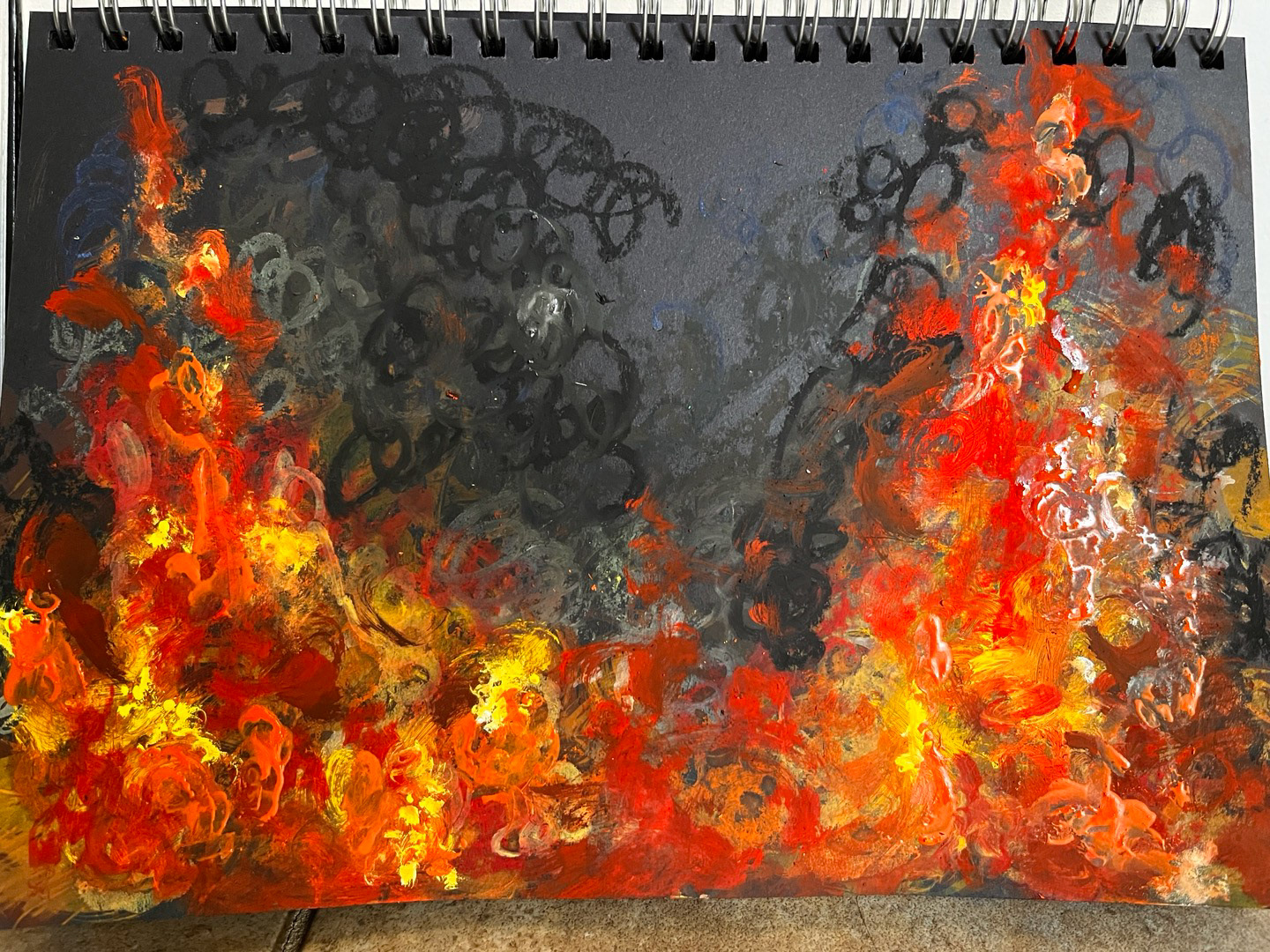
When therapists and clients create and share their artworks using the same material, it becomes a means to foster a deep sense of empathy and develop closer relationships. This is especially true because the soil has properties that can be rubbed again to make a new shape and fixed if you notice any shape over and over again. In the case of ceramics, art therapy seems even more like art becoming therapy, just as its name suggests. The choice to pursue art therapy originated from a desire to support individuals' thoughts and emotions through a medium I am passionate about. Every individual possesses inherent creativity, and art therapy enables the expression of inner imagination into tangible, visual forms of art creation. This process transforms creative thought into a structured art form, allowing one to revisit and integrate memories while creating new, positively charged memories rooted in creativity.
Art therapy provides a structured approach for processing and externalizing the complex narratives entwined within one's thoughts—a therapeutic process such as removing and organizing items in a drawer. By intentionally reflecting upon these memories through a few visits, individuals can observe and process over time, environment, and perspective, much like reorganizing the drawer to better align with the present state. The multi-sensory engagement with art materials also aids in emotional processing, creating opportunities for emotional regulation by channelling and externalizing complex internal states. Through hands-on interaction with various materials, individuals reflect upon and express their inner emotional experiences, thus allowing new perspectives to form. In clinical terminology, this process aligns with neuroplasticity, promoting the formation of new neural connections that help release entrenched memories and enable forward progression. Additionally, working with various art materials can foster different avenues for cognitive restructuring, allowing clients to manage inner emotions while achieving emotional regulation. Creating concrete art objects facilitates reflection and dialogue and enables individuals to engage with their inner selves objectively and dynamically, promoting growth and resilience.
Default Mode Network (DMN) is located in the middle of the brain, where the medial prefrontal cortex (MPFC: located directly above our eyes), posterior cingulate cortex, and lateral temporal cortex are located. Seigel points out that DMN is involved in a wide array of processes, including self-awareness and empathy, lending it a foundational role in insight into one's inner self, a restful mode, and the inner mental lives of other individuals. During creative activity, it activates during daydreaming, mind-wondering, and detailed thoughts related to external task performance. Kolk, B. (2024) says that if the amygdala is the smoke detector in the brain, MPFC is a watchtower that offers a view of the scene from high. Observing neurotransmitter transmission through synapses and hormone movement will be genuinely fascinating. The fact that the brain undergoes structure and size changes is also astonishing. Research on neuroplasticity, such as Cherry's work on brain structure changes, underscores the role of these approaches in fostering healing and personal growth in individuals dealing with psychopathology. As explored by Hass-Cohen, creative expression activates implicit neurobiological processes linked to the subcortical and mid-brain regions, which function unconsciously.
Meanwhile, explicit creative processes, often related to the cortical frontal areas, involve conscious decision-making, although not always (Hass-Cohen & Findlay, 2015). Thus, simultaneous subconscious reflection and conscious creative activity promote changes in brain structure. It governs the body and astonished me with its self-regulation, influencing and undergoing changes across the brainstem, limbic area, and cortex regions. It is incredible how each part has unique anatomical role differences and collaborates through synapses, aiding memory retention, etc. It is truly remarkable. For instance, Siegel highlights that mindfulness practices have been shown to stimulate the insula, thickening and strengthening its response and leading to heightened empathy.
https://en.wikipedia.org/wiki/Default_mode_network


